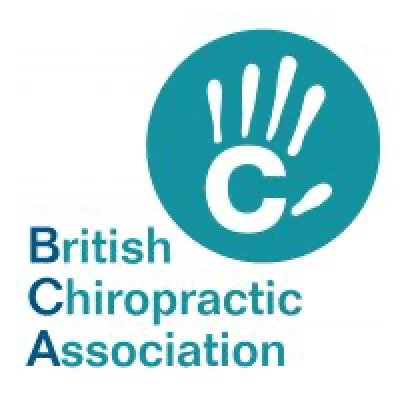Acupuncture: What is it and what does it do?
What is acupuncture?
There are different types of acupuncture including traditional acupuncture/ Chinese acupuncture or medical acupuncture. Medical acupuncture can also be referred to as dry needling.
Dry needling is what I use in the clinic. Defined as a ‘therapeutic modality involving the insertion of fine needles. It is an adaptation of Chinese acupuncture using current knowledge of anatomy, physiology and pathology, and the principles of evidence-based medicine.’ The positioning of the needle is decided by locating the myofascial trigger point* within the muscle. Sometimes, after the needle has gone in you can feel the muscle contract and relax, this is called a twitch response. It is a normal response to the needle.
*A myofascial trigger point is a localised area of pain and tenderness within a muscle. More commonly known as ‘knots’, or the very clunky bits you feel during treatment…. usually the horrible/painful part.
In recent years dry needling has become more accepted by western medicine. With this acceptance there has been more research conducted into its value and place in a clinical setting.
How does it work?
The dry needling works by causing a chemical response within the targeted muscle. It involves stimulating sensory nerves under your skin and in your muscles.
The key chemical released in response to the needle are endorphins. These are normally pain-relieving endorphins, which is why acupuncture can have a great immediate pain-relieving response.
Dry needling has the best results as part of manual therapy. This involving a combination of soft tissue work, mobilisations and manipulations.
What are the advantages of acupuncture?
- Reduction in local, referred and widespread pain
- Restoration of range of motion and muscle activation patterns
- Normalisation of the chemical environment of active myofascial trigger points
Not only is acupuncture used for muscular pain but can also be used for chronic pain conditions, arthritis, headaches and migraines. The positive effects of using dry needling for these issues has been recognised by WHO (World Health Organisation) and NICE (National Institute for Health and Care Excellence).
Some people have also reported feeling lighter, having a boosted energy and sleep better after receiving dry needling. Unfortunately, this is not backed by any evidence and is not supported by NICE.
Who can have it and where?
Most people can receive dry needling. Unless you are on blood thinners or have a blood coagulation disease, dry needling is safe.
Let your practitioner know if you are prone to fainting or scared of needles. Dry needling isn’t for you if you have a fear of needles. We wouldn’t like you to be scared coming in to see us!
Acupuncture can be used in various muscles; we just need to find a tender spot to hit the right point!!
The needles themselves
The needles themselves are very thin. Unlike a hypodermic needle, which is used to take blood or deliver drugs intravenously. Comparatively the acupuncture needle is only 0.25mm in diameter whereas the hypodermic needle is 2.5mm in diameter.
The ends are actually blunt! That is why they are referred to as the ‘painless needle’. A hypodermic needle is sharp and tapered to be able to pierce the skin easier. Acupuncture needles are much nicer!
There are also different lengths of needles, ranging from 25mm, 50mm and 90mm. We use different lengths depending on the muscle they are used for and the size of the patient.
If you would have any questions about acupuncture please send me an email.
Read onto our next article ‘You are not your MRI‘ by Nadene.
























